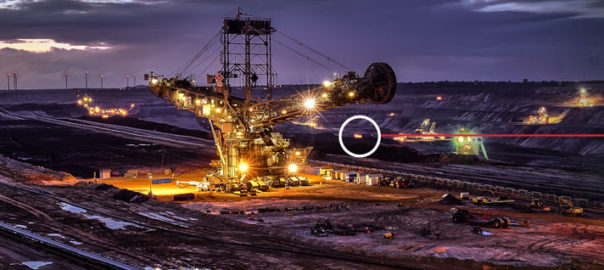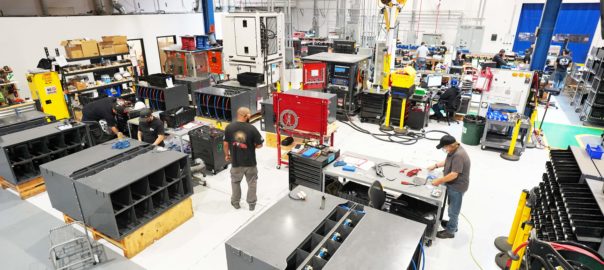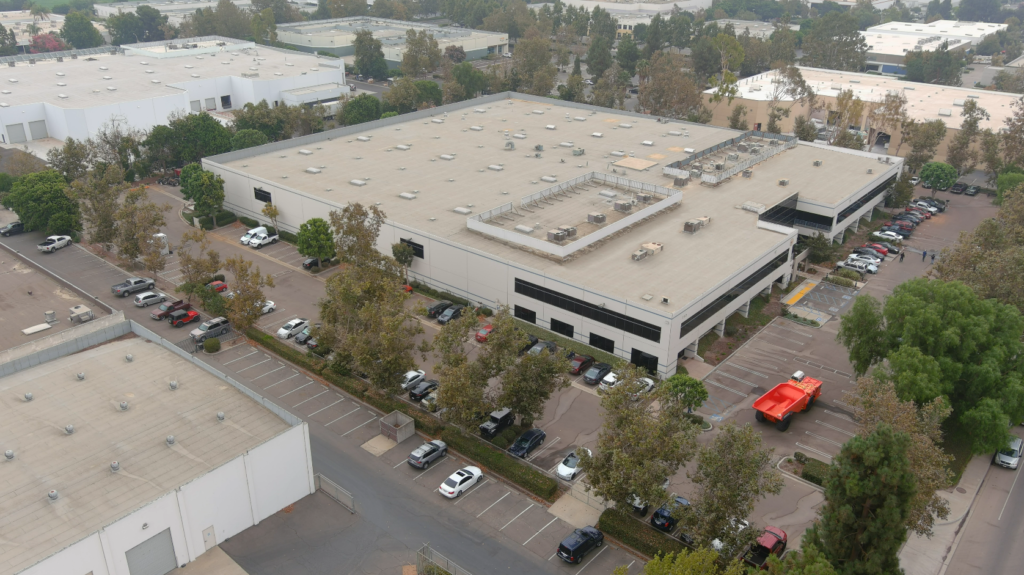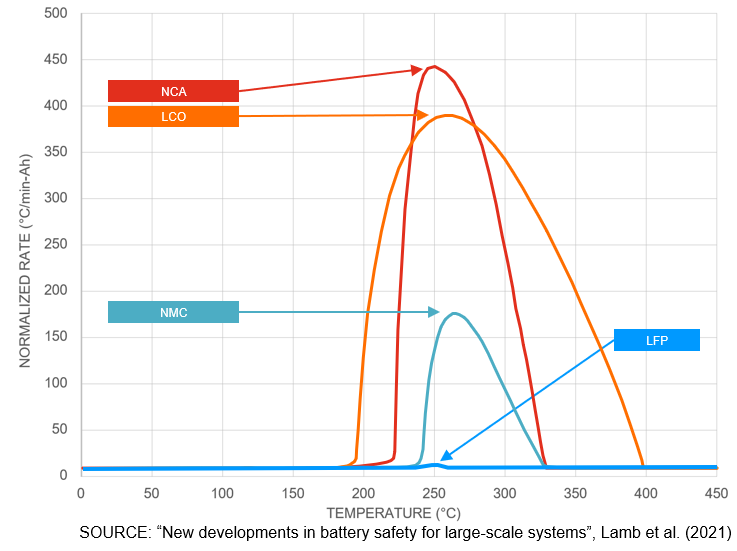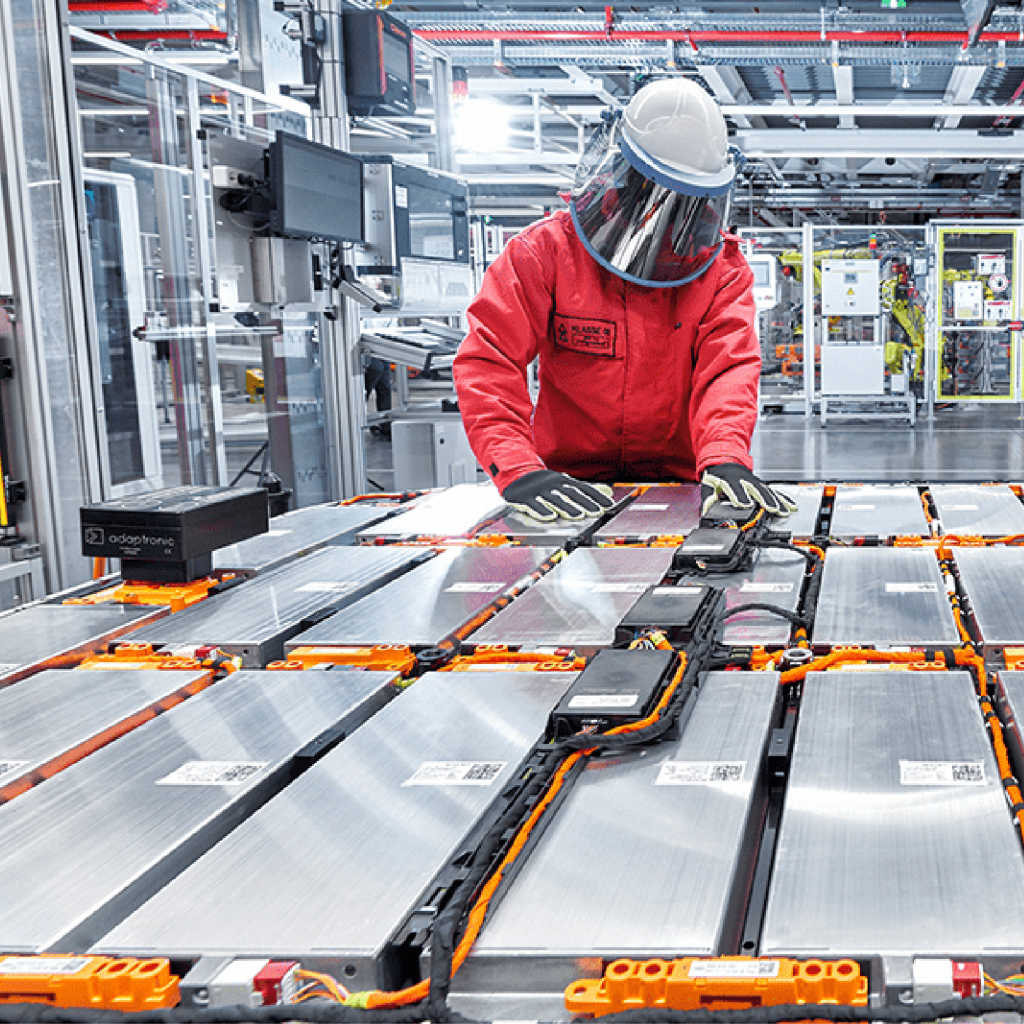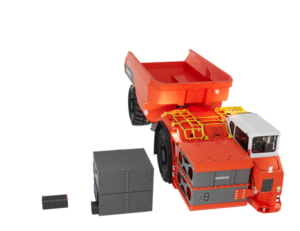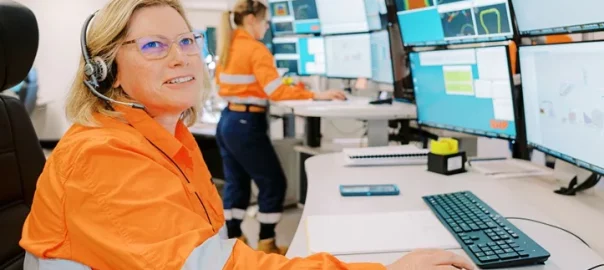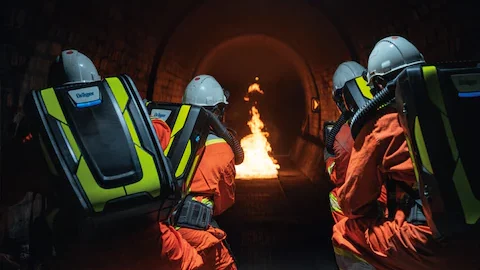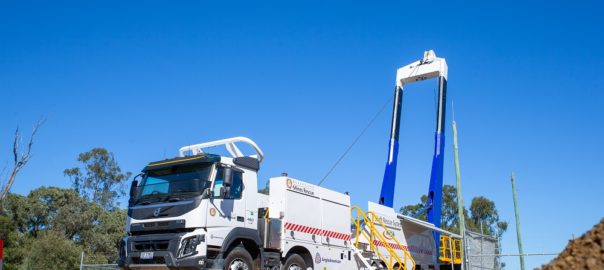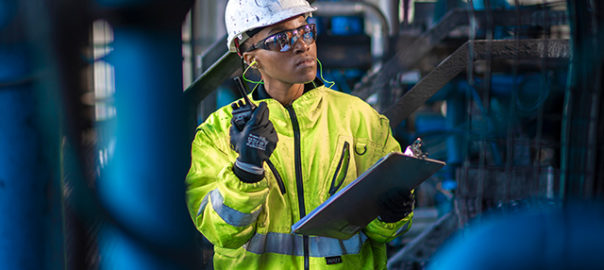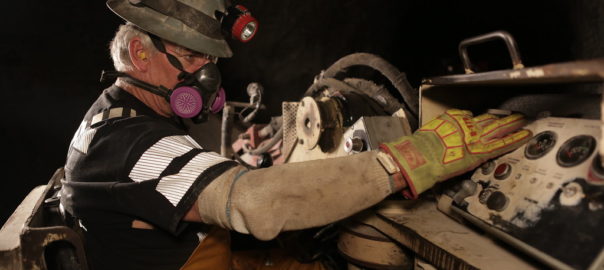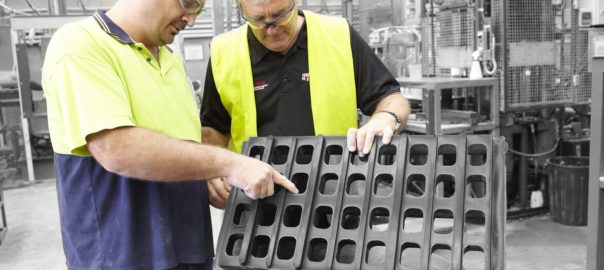Mining location technology company GeoMoby has secured A$3 million ($2.03 million) to fund the further rollout of its technology to the global mining industry.
The money will be allocated towards expanding its sales and business development team, as well as adding to a strong team of staff focused on technology development.
The funds have been largely sourced from multiple European investors, GeoMoby said. The capital raise was also supported by existing shareholders as well as a strategic GeoMoby partner – Agreement Hub – and a grant from METS Ignited.
GeoMoby – the name of the company and product – uses wireless, cable-free and reusable beacons to geofence sites, track assets and check on workforces, providing a layer of safety and efficiency never seen before, the company says. The technology allows surface-to-underground communication through smart devices, meaning, for the first time, photographs and video can be sent to the surface from remote tunnels in deep underground sites.
GeoMoby is targeting long-term contracts with Western Australian-based underground mining companies, but its technology can also be applied to surface mining operations and construction sites in Australia and globally, it says.
And, through its strategic partner agreement hub, it is also working with several mining and renewables companies to use the location intelligence technology to protect cultural heritage sites.
Founder and CEO, Chris Baudia, said: “Australian mining companies want to keep their workers – often in remote areas – safe, and this technology is the best, most reliable way to do that right now in the world. This latest funding now enables us to provide Australian miners with a gold standard location service and we are working hard to educate the mining sector about our cost-effective technology.
“We are now Australia’s most advanced location intelligence platform with a specialisation in live tracking and geofencing technologies for the mining and construction industries. We provide a 360° view platform that helps our clients to visualise their assets – trucks, light vehicles, machines – and the most important one, people. This is done in real-time whether it be in a multi-storey building, a remote area or even deep down an underground tunnel.”
Agreement Hub’s Managing Director, Kellie Swanson-Hill, said: “We are really excited to be partnering with GeoMoby to introduce its location intelligence technology to the mining industry in relation to cultural heritage protection. We are calling this application Protect. We are working with companies across the industry, from big iron ore to juniors, to make Protect the new best practice in cultural heritage protection.”








